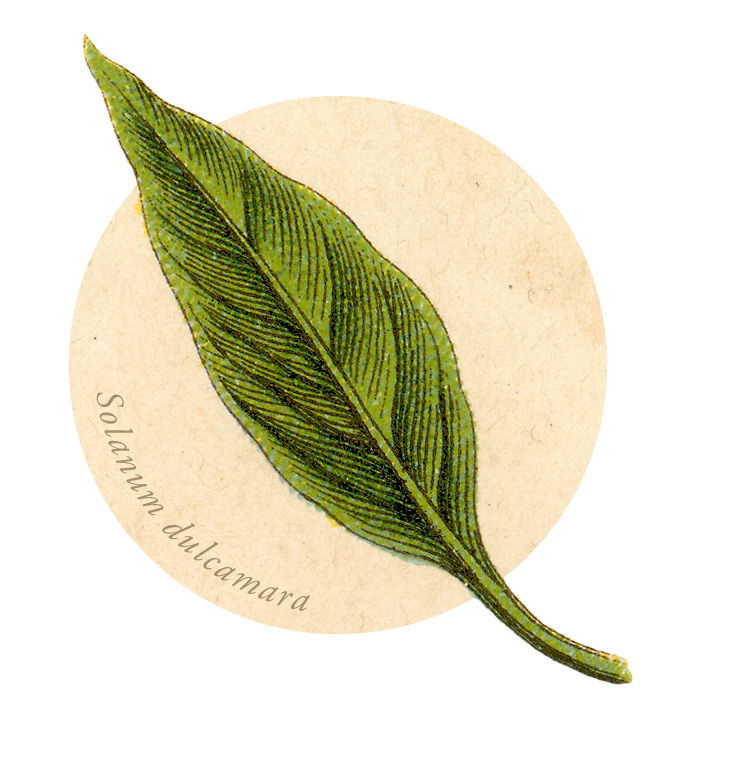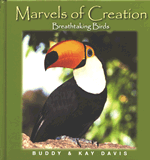Birds Are Brainy
Quick Takes
Birds are smarter than primates, according to a study published in a recent issue of PNAS. At least they have more neurons than expected in their forebrain, an area associated with intelligent behavior. Though bird brains are significantly smaller than the brains of monkeys, the birds’ neurons are smaller, too, and more densely packed, giving them higher intelligence than previously thought.
Birds display their intelligence by many different behaviors. If a bird is being watched as it hides a seed, it will go back and move it later to avoid being robbed. Scientists have also determined that birds’ songs have grammar. Changing the order of the notes dramatically changes the meaning of the song and the behavior of the listening birds. Just this year, researchers reported that budgerigar parrots can recognize patterns in different songs, while the Japanese great tit (Parus major) focuses on the order of the notes to determine the song’s meaning.
The ever-expanding list of intelligent bird behaviors is a challenge for evolutionists to explain. Supposedly, as more primitive branches on Darwin’s tree of life, birds should be significantly less intelligent than primates, which are supposed to be more highly evolved. This finding about bird brains highlights the fact that sharp brains are a gift from the Creator, not a product of primate evolution.
Neanderthal Design
Archaeologists have discovered circles of carefully placed stalagmites in Bruniquel Cave in southwestern France that date from the time Neanderthals lived in Europe. According to the findings, several Neanderthals broke off nearly 400 stalagmite fragments (totaling nearly 2 tons) from the floor of the cave, placing them in circles with walls up to 20 inches (50 cm) tall in places.

Researchers found numerous ring-like structures they believe were built by Neanderthals.
No one can say the purpose of these circles, but they seem to have had a symbolic function, since no evidence of daily life was found. Clearly, building these circles was no small task. They were found deep in the cave where no sunlight could reach and people wouldn’t normally live. The stalagmites show signs of charring, indicating man-made fires. Such an undertaking shows fortitude, determination, foresight, and symbolic thought—traits of fully human people, not supposedly primitive “cavemen.”
This find makes sense to creationists. The Neanderthals who entered caves throughout Europe were human like us. They were fascinating, intelligent people who lived in hard times with limited technology. But they were made in Godʼs image too. People are people, no matter their circumstances.
Will Bleed for Protection
When insects eat the leaves of the bittersweet nightshade (Solanum dulcamara), the plant begins to secrete nectar at the wounds. This nectar is different from the plant’s sap and specially produced to attract nearby ants. The ants smell a favorite treat and leap to the defense of the nightshade, killing off the insects that hurt it.

While many plants supply ants with nectar, S. dulcamara is the only one known to bleed from wounded leaves. This indirect defense is a perfect example of diverse members of an ecosystem working together to restore and maintain their delicate balance after the devastation of the worldwide Flood. A flea beetle eats a leaf, the S. dulcamara secretes sweet nectar, and the ants come to eat the nectar and defend the plant. Only an intelligent Creator could supply such a complex interworking among different species.

The End of Antibiotics?
The era of antibiotics may be nearing an end. In May, U.S. doctors reported a strain of E. coli immune to colistin, the go-to antibiotic of last resort for patients infected with antibiotic-resistant bacteria.
While this news is certainly disconcerting, it is no reason to despair. Treatments based on bacteriophages, viruses that infect bacteria, show promise for an alternative way of dealing with drug-resistant infections. Besides, who knows what helpful new things we have yet to learn about antibiotics?
Everywhere in nature creatures produce antibiotics that keep populations of microorganisms under control. Interestingly, they do not appear to wipe out other creatures but keep the web of life balanced. Humans have catalogued about 2,000 of the estimated 10 to 30 million species of bacteria. Many antibiotics surely remain undiscovered.
In any case, with or without antibiotics, every life is in God’s hands. God in His foresight understood the times we’d face and the needs we’d have.
“I don’t think that a university should hire a nincompoop who disputes evolution...”
Misunderstood Statistics
Stop misusing statistics! This warning didn’t come from disgruntled voters or wary conservatives, but from the American Statistical Association (ASA). Last summer they issued a statement unprecedented in the association’s 177-year history, directed at the scientific community.
The statement says that scientists’ abuse of the “P value,” a common calculation in statistics (a bit too complicated to define here), has led to bad conclusions, unreproducible results, and misleading science. For decades, research scientists have been using this one tool as statistical proof that their conclusions were true, but that is not what P value means. Such lazy use of statistics can actually make false claims appear to be scientific facts. (One mischief-maker deliberately submitted a sloppy study “proving” with the P value that eating chocolate helps people lose weight.)
The P value merely indicates how much evidence exists for an effect greater than zero. It cannot speak to the certainty of a result or the correctness of the assumptions behind the experiment.
In fact, no statistical analysis of any data is foolproof. Each method has drawbacks. Relying on one method alone does not constitute proof; researchers are still responsible to weigh other factors and lines of evidence. That’s why Andrew Vickers, a biostatistician at Memorial Sloan Kettering Cancer Center, advises scientists to interpret each statistic carefully “as a science, and not a recipe.”
The science of statistics is a useful tool for understanding the Creator’s work. But statistics rely on interpreters, who are fallible human beings. That limits the certainty of “statistical certainty.”
Answers Magazine
October–December 2016
Your irresistible urge to snatch up that cute little puppy and hug it for all youʼre worth isnʼt just a feeling. Itʼs science.
Browse Issue SubscribeRecommended Resources

Answers in Genesis is an apologetics ministry, dedicated to helping Christians defend their faith and proclaim the good news of Jesus Christ.
- Customer Service 800.778.3390
- © 2024 Answers in Genesis




